NATIONAL - Watthour Meters
Reprinted from "Crown Jewels of the Wire", September 2000, (Insert) page 5
David Dahle, Sioux Falls, South Dakota
NIA Award for Go-Withs
Milholland Education Award presented by the NIA
The watthour meter has played a key role in the development of today's
electric transmission and distribution system. Before meters caught on, some
early utilities charged a flat rate which was excessive if the customer used
only a little electricity or was unfair to the utility if the customer used a
lot. Installing meters on the customer's premises allowed the electric companies
to bill for the exact amount of electricity used. Because of advances in meter
design over the years, electricity is now the most accurately measured
commodity. Difficult to collect? Over 200 different models of meters were made
in the U.S. since the 1870's.
David says: I have been seriously collecting
meters for about two years, but I had been casually interested for some time
before this. It was not until a friend found a copy of the Meterman's Handbook
that I became really interested in the history.
Joe Maurath, Jr. was very
helpful when I was just starting out, providing me with information from his
files as well as a few meters to help my collection along.
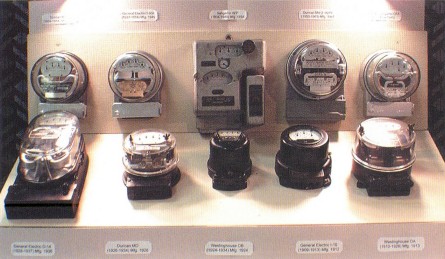
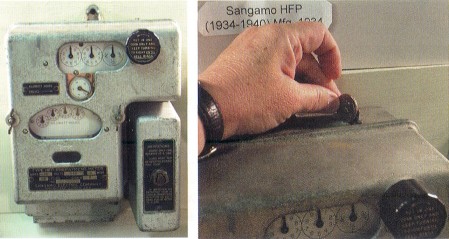
Sangamo HFP prepayment meter used in apartments or rooming houses
up to the
late 1930's. The quarter is inserted in the coin slot
on top and the knob is
turned to complete the circuit through the
meter. The upper 3 dials show how
much money has been deposited,
the next dial down shows how much electricity is
paid for but unused,
and the bottom set of dials is the meter register.
The most interesting meter in the display is the Sangamo HFP prepayment
meter. It came from the same person who sold me the first few insulators in my
collection and who introduced me to an early collector who was just getting out
of the hobby. This meter had been in his apartment in Des Moines, Iowa and while
he lived there, the electric company replaced all of their prepayment meters
with regular meters and he was given the meter. He brought this meter along when
he moved to Sioux Falls in 1942 and kept it until I acquired it from his estate.
It is my favorite, since few have survived over the years and they are highly
prized by collectors with only 5 or 6 HFP meters known in collections at the
present.
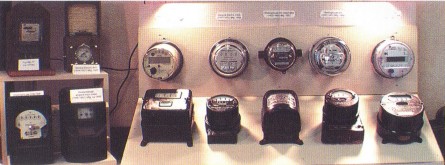
I am looking to add a G.E. Thomson Recording Wattmeter for my
collection, since it was the first mass-produced watthour meter.
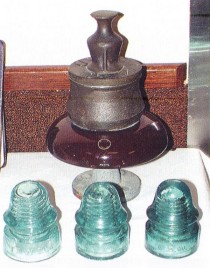 |
These four insulators represent each of the companies that offered both
insulators and meters. They are Westinghouse (represented by the large porcelain
piece to the rear) and Fort Wayne Electric Company, Thomson-Houston Electric
Co., and General Electric Company (represented by the three CD 134 signals in
glass in front). |
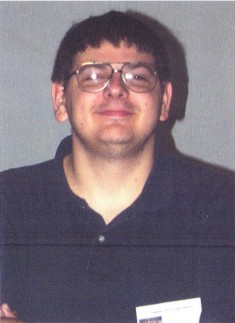
David Dahle
| 